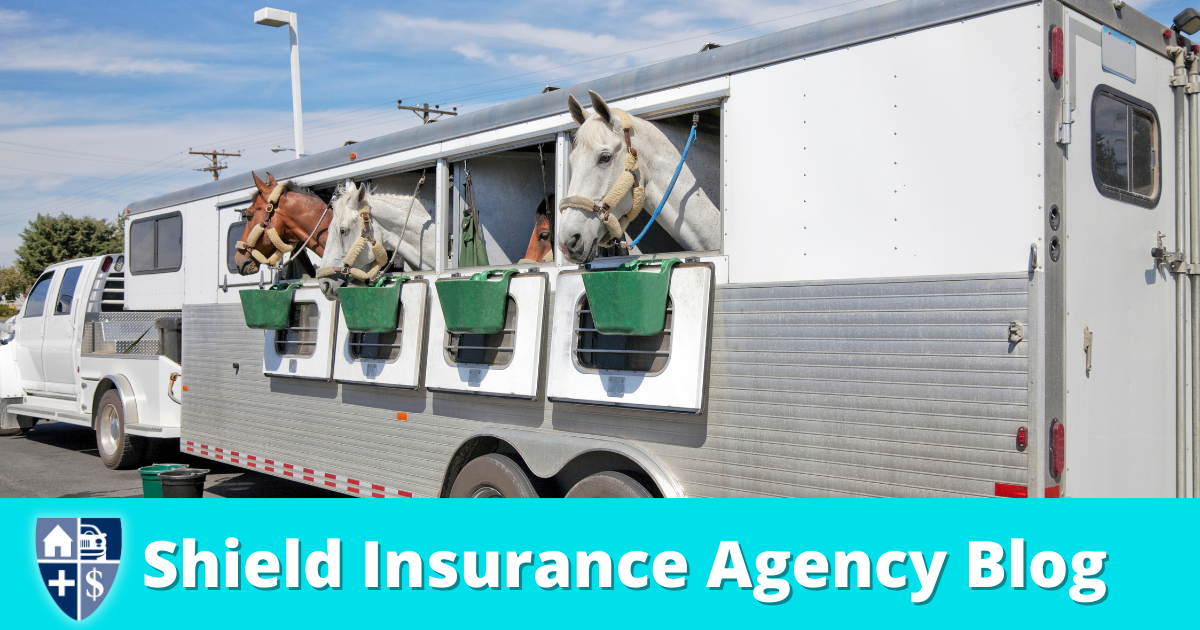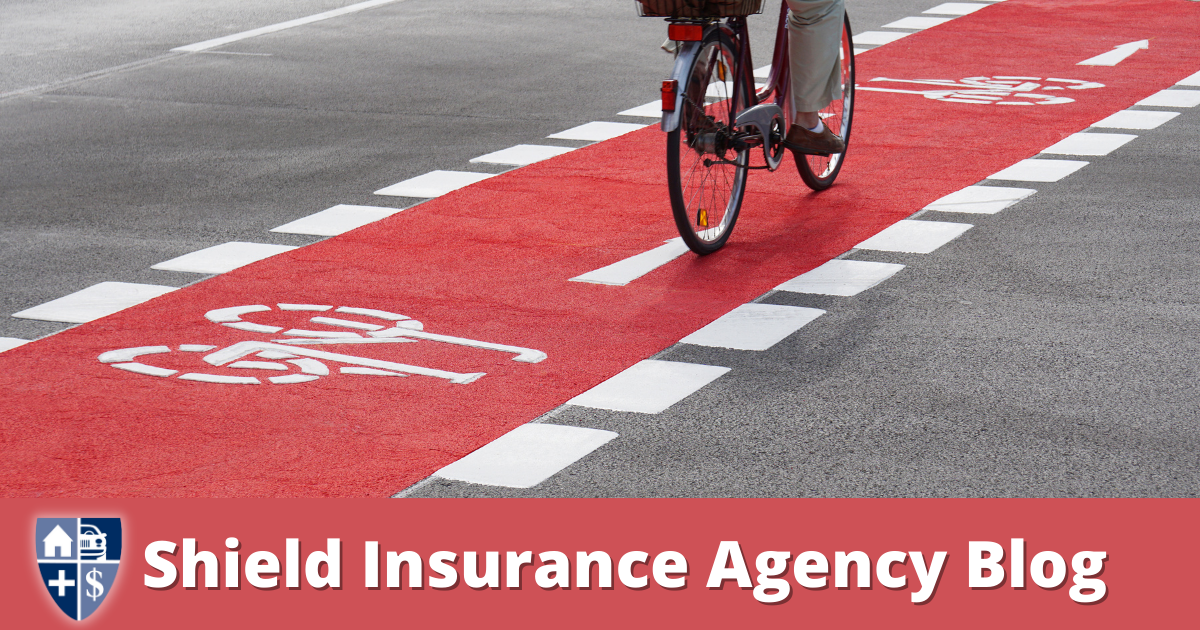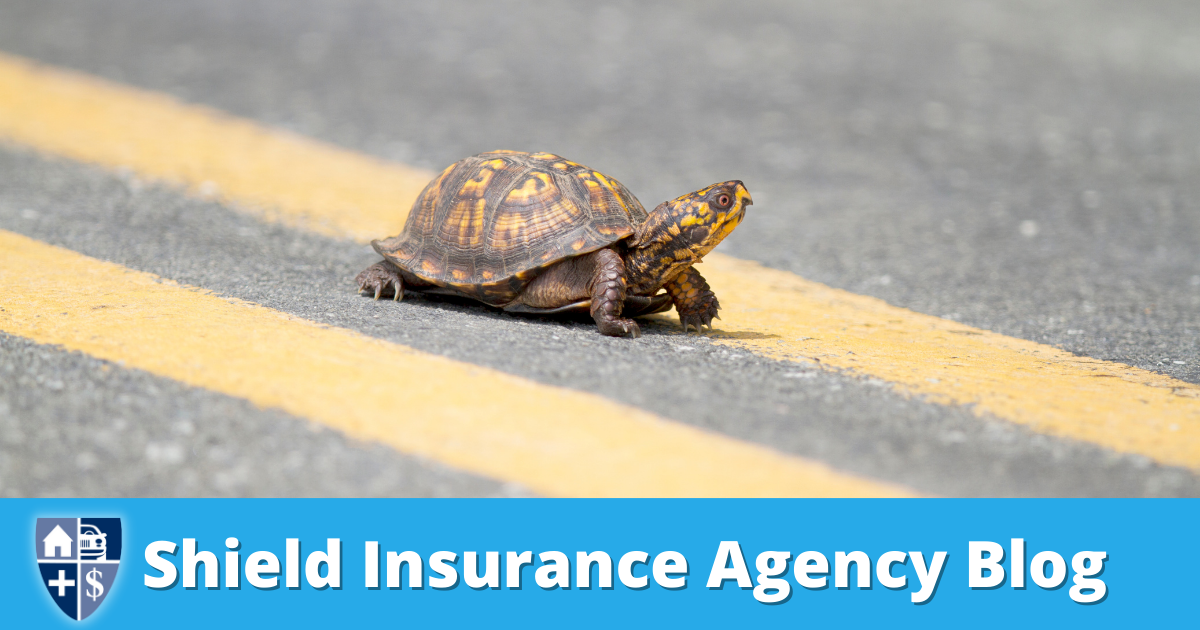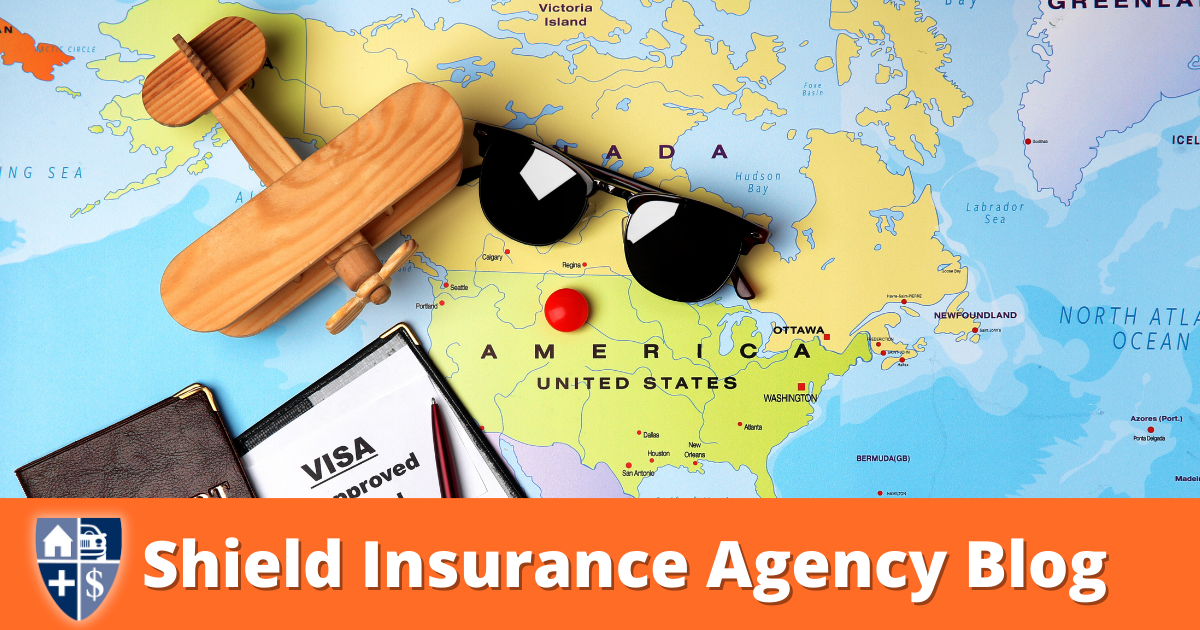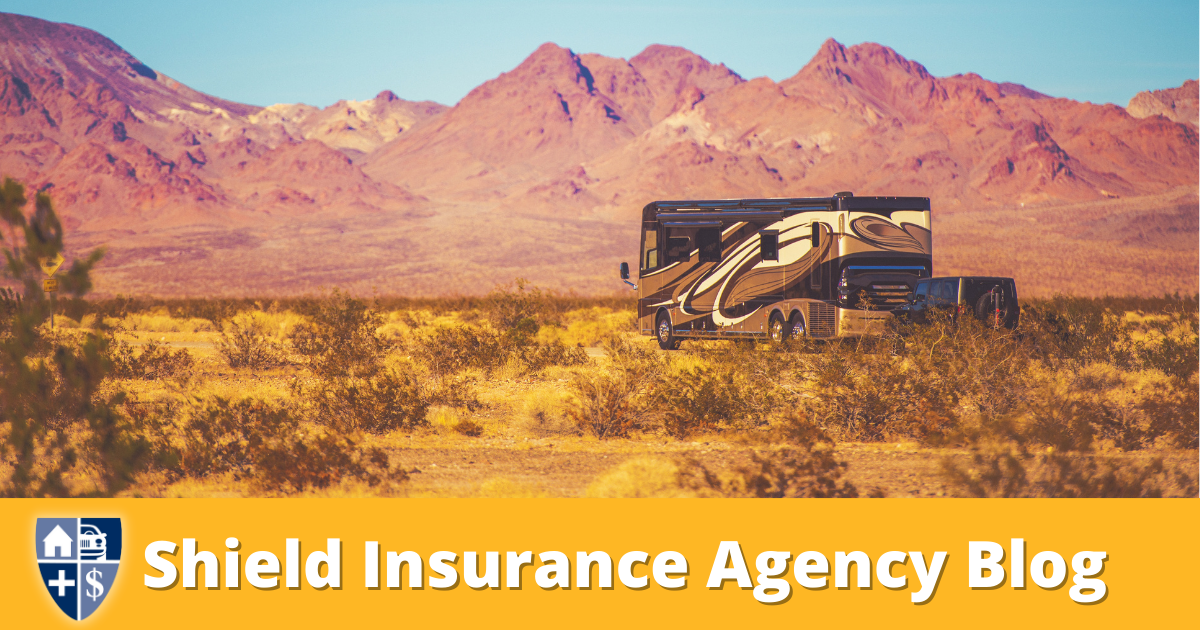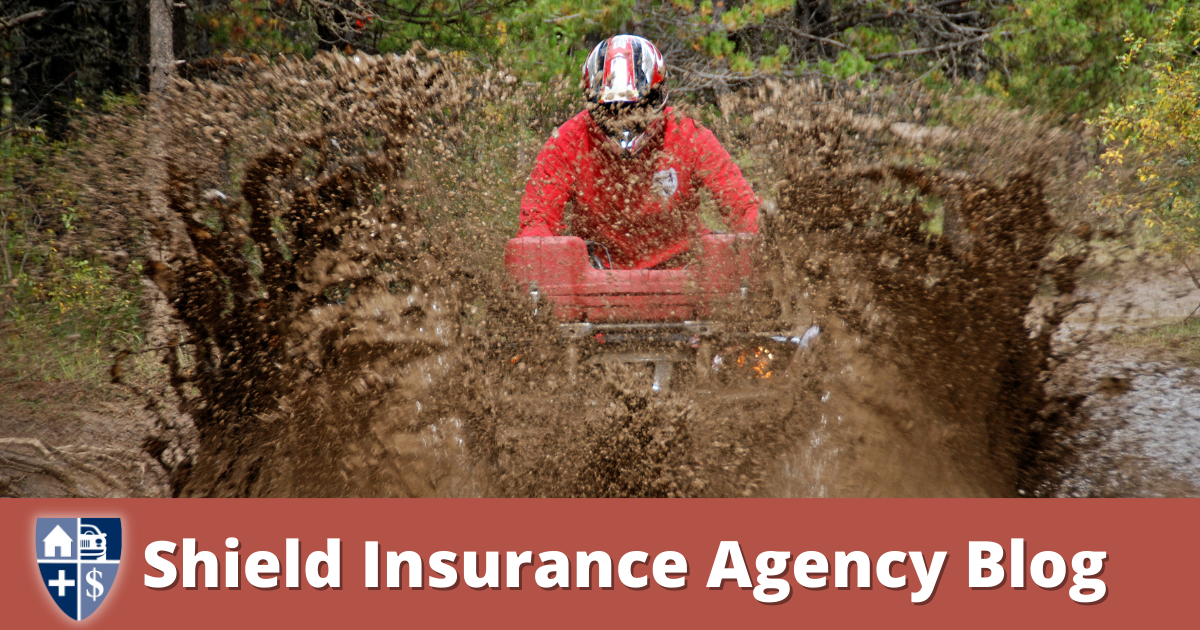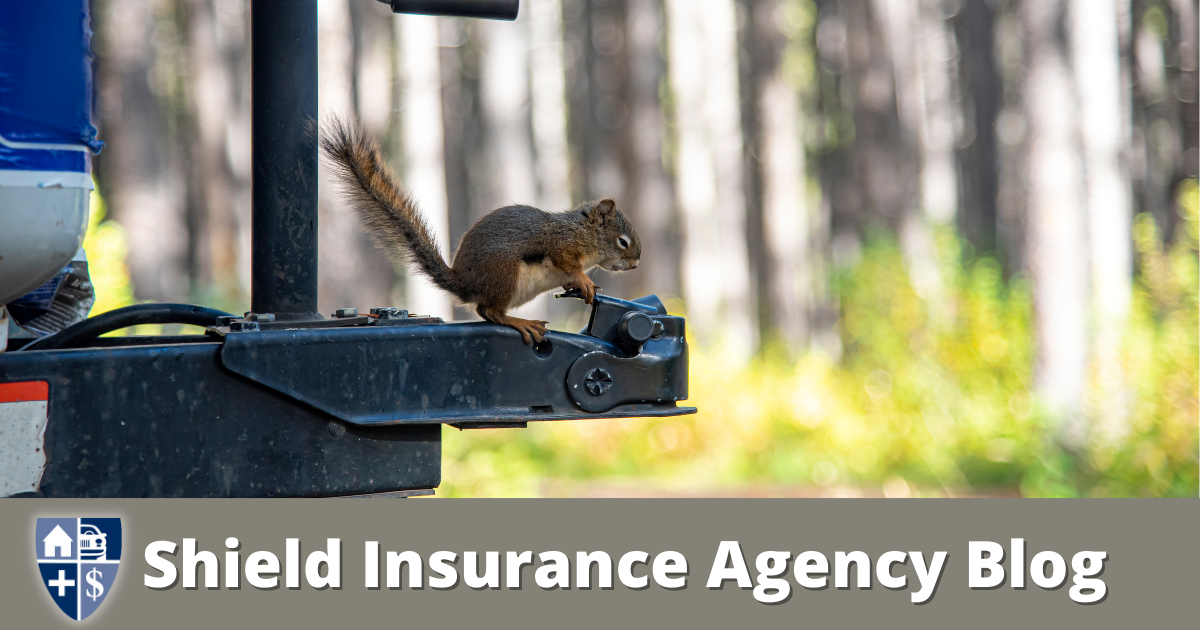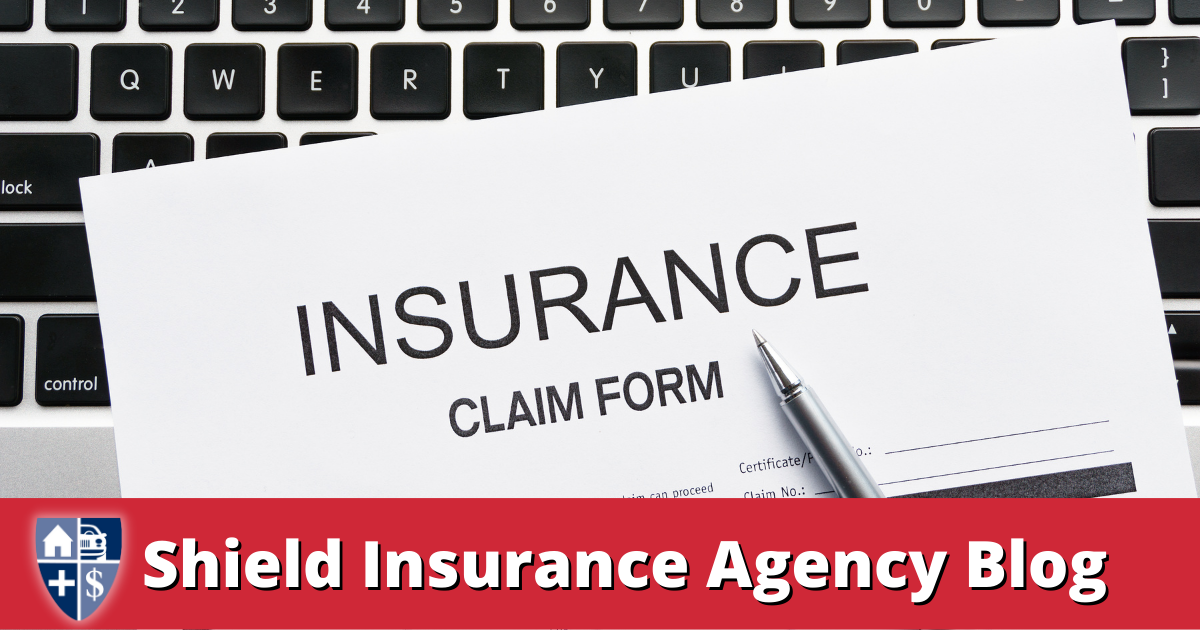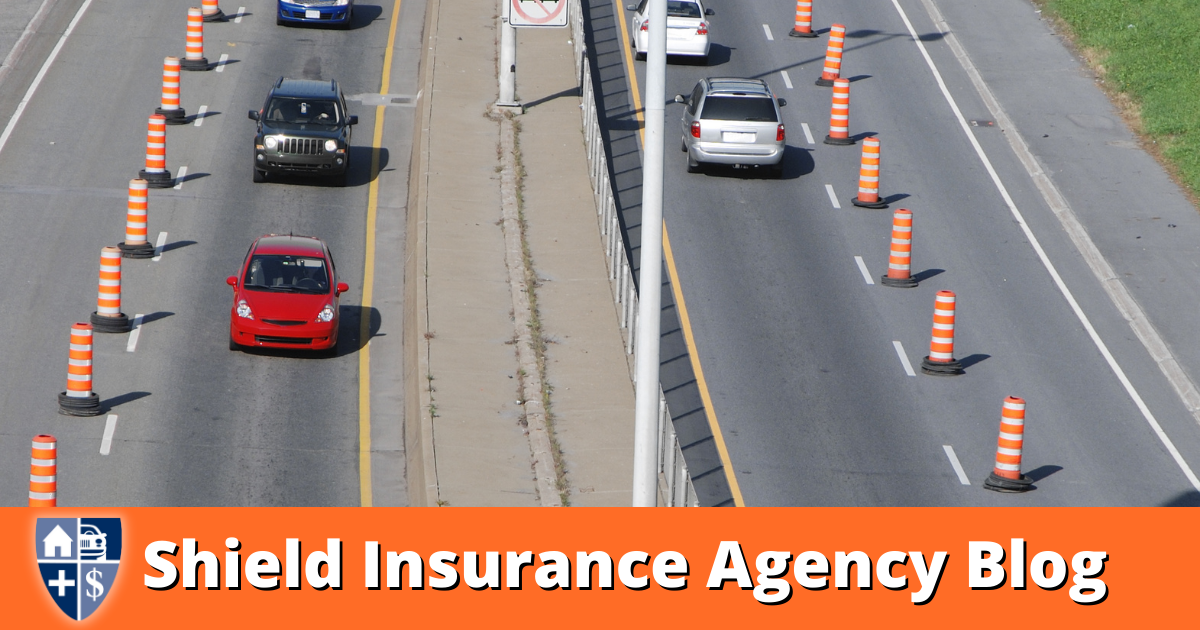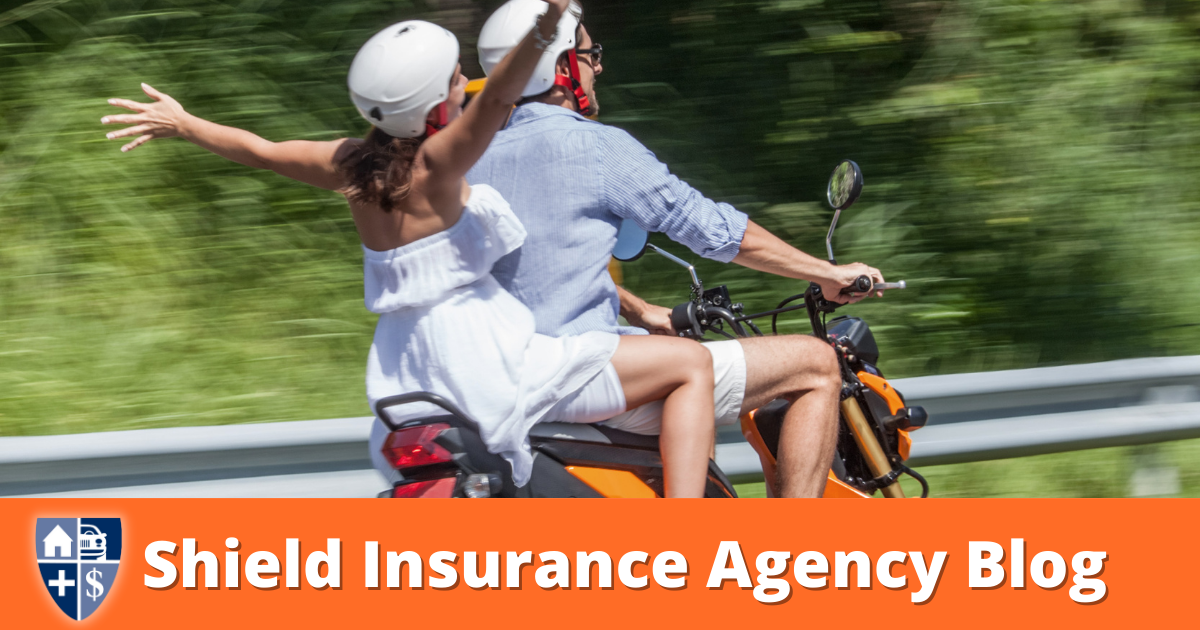
Scooter safety tips
Foremost | Scooter Safety | Shield Insurance | Start a quote today!
With increasing gas prices it’s hard not to notice the spiking trend of people choosing scooters as alternate transportation. Whatever make or model you choose to fit your style, you can’t deny the money-saving and environmental effects riding a scooter has over driving a 2-ton motor vehicle that only gets 20 miles to the gallon.
A growing problem with having more people on scooters is how to safely share the road. State legislation varies on scooters; some states equate scooters with bicycles, in-line skates, and skateboards, while other states put scooters in the same category as motorcycles, requiring helmets and regulating where scooters can be ridden. Check your state’s DMV Web site for the appropriate laws and licensing rules for your state.
Regardless of where you live, scooters are most likely sharing the road with vehicles that significantly outweigh them and can easily overtake them. By using common sense and some very simple safety tactics, scooter riders can effectively, and safely, share the road with other vehicles.
Scooter safety tip: Wear a helmet
Even if your state does not require you to, studies show helmets significantly minimize head injuries if an accident occurs.
Scooter safety tip: Use your lights
Always turn on your headlight when you’re riding your scooter even during the day, especially if it’s raining, and of course always in the evening. Make sure you can be seen by other cars.
Scooter safety tip: use turn signals
Just like in a car, you need to let people know where you are going. In addition to a signal light, it’s also a good idea to use hand turn signals that motorcyclists and bicyclists use when they are sharing the road with cars. Based on U.S. standards, for a left turn, extend your left arm straight out in the direction of the turn, parallel to the road. For a right turn, extend your right arm straight out in the direction of the turn, parallel to the road.
Obey speed limits and road markings
Obey all posted limits and follow lane markings. Don’t attempt to make a right turn by coming up next to a vehicle on the shoulder, unless there is a lane. You could easily be in a car’s blind spot and be hit if they turn right as well and can’t see you.
Scooters are a fresh alternative to getting around town while saving money and the environment. Riding scooters present challenges that any motorist faces when sharing the road with vehicles of all sizes and speeds. Keep your head about you and make sure you put safety first when taking your new scooter out for a spin.
Looking for Scooter Insurance?
Foremost offers scooter insurance on all scooter makes and models and offers coverages such as:
- Physical Damage and Liability
- Total Loss Replacement Coverage
- Towing and Roadside Assistance
- Safety Apparel and Optional Equipment when Physical Damage coverage is purchased.




